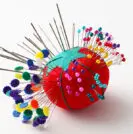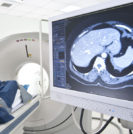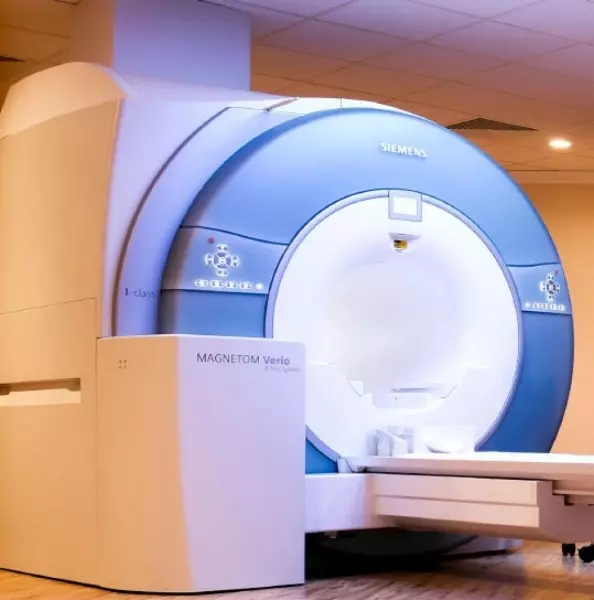4 Stress-Related Diseases and How to Prevent Them

“I am so stressed out!” How many times have you heard friends, family members, co-workers, even strangers make this sad statement? In fact, how often have you found yourself realizing that it’s getting harder to cope with increasing responsibilities or relentless demands for your time and attention? Whether or not you realize it, you may keep reading










